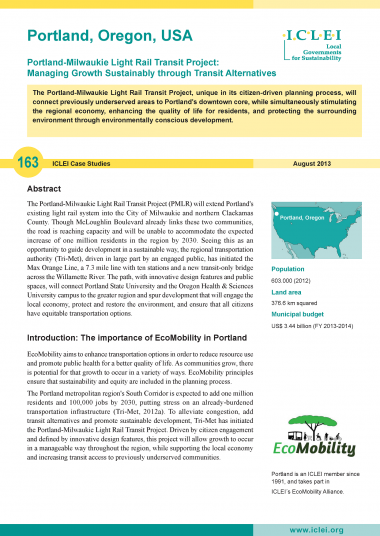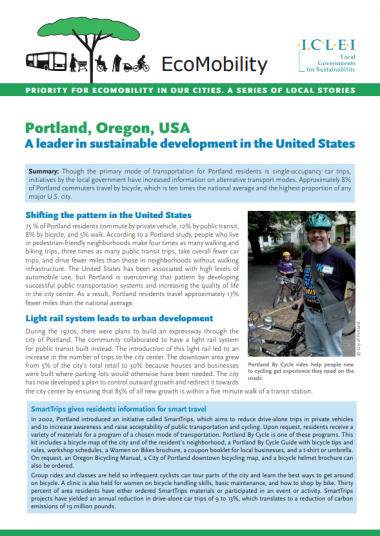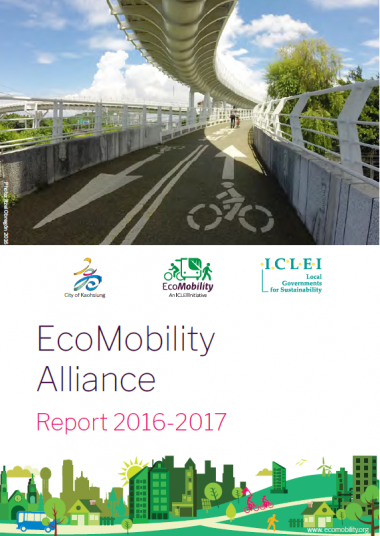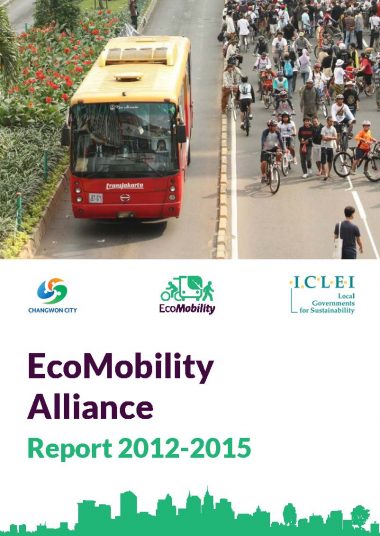Portland, Oregon, United States
City statistics
0
Population (2017)
0
Area (in sq. kms)
EcoMobility Alliance Cities
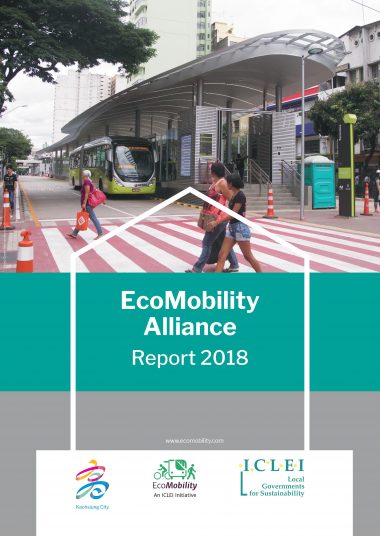
Published in December 2018
EcoMobility Alliance Report 2018
The EcoMobility Alliance seeks to encourage city-to-city knowledge exchange and drive local innovation, trusting that such activities will inspire local leaders to create an ecomobile transportation system that prioritizes walking, cycling, public transport, shared mobility and light electric vehicles.
This EcoMobility Alliance report 2018 showcases our progress so far and highlights the impressive achievements of the EcoMobility Alliance cities. All EcoMobility Alliance cities are interesting to study as they have all excelled in one way or another in creating a sustainable urban mobility system.
- All
- Africa
- African Mobility Month
- Asia and Pacific
- Autonomy
- Blogs
- CitiesSHIFT
- COP26
- COP27
- COP28
- COVID-19
- EcoLogistics
- EcoLogistics Community
- EcoMobility
- EcoMobility Alliance
- Ecomobility Days
- EcoMobility SHIFT
- EcoMobility World Festivals
- Emerging mobility trends
- Europe
- IMG SPARK
- Kaohsiung Strategies
- Latin America
- News
- North America
- Public transport
- RELEASE
- Road safety
- SOLUTIONSplus
- Transport and climate
- Transport and equity
- Transport and health
- TUMI
- Webinars

